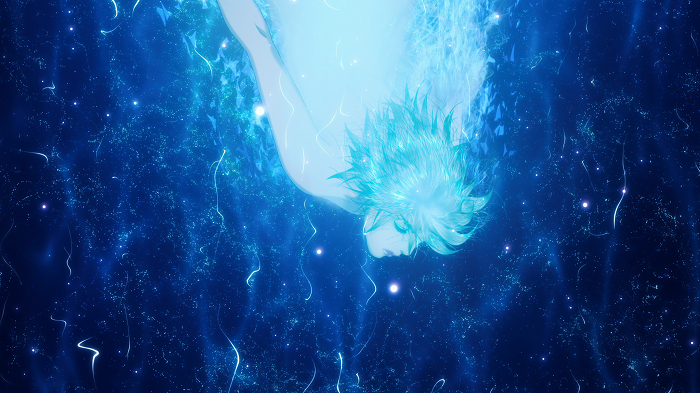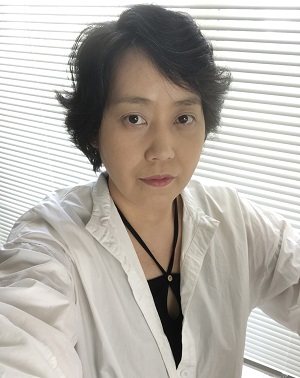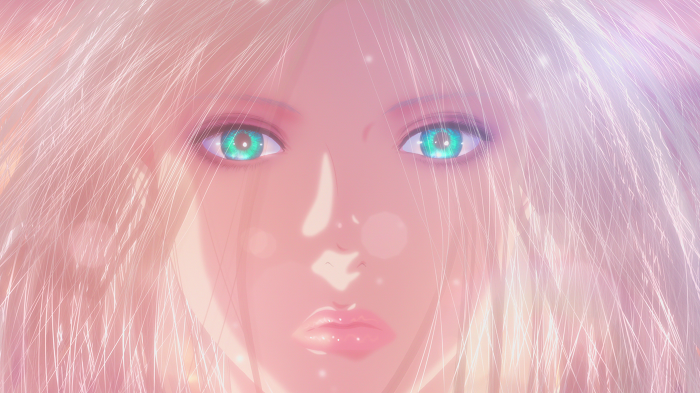Netflix is going to premiere a first-of-its-kind original anime short, Sol Levante on 2 April.
Designed in experimental 4K and HDR, and lifted by immersive audio, Sol Levante has been a project for two years in the making by a wide range of dedicated craftspeople both inside and outside Netflix. To celebrate its release, the streaming powerhouse looks back at this groundbreaking title’s journey from idea to reality.

Netflix used technology to expand the art of anime. Said a spokesperson, “At Netflix, we’ve always loved anime and we work hard to provide the top artists with the best technology to help them tell their stories in new and innovative ways.”
Since, High definition range (HDR) TVs and smartphones have become increasingly popular with consumers, Netflix has been exploring ways to create anime in 4K – giving artists a much wider colour palette to create even more compelling visual experiences for audiences all around the world.
However, they quickly learned that increasing the resolution of anime would involve creators either drawing on bigger pieces of paper than the standard B5, or scanning their art at much higher resolutions. Given that neither option was workable, they switched to drawing digitally on a tablet. Unfortunately, most anime artists in Japan lacked the training or equipment to go digital.

Luckily, Netflix found a capable and enthusiastic partner in Production I.G., a Japanese production company known for projects like Ghost in the Shell and the anime scenes in Kill Bill. Production I.G. has a small but incredibly talented crew led by director Akira Saitoh, all of whom were excited to bring 4K and HDR anime to life and were unafraid to start from scratch.
In the two years Netflix has been working on Sol Levante, they had to work with numerous stakeholders and subcontractors, all with varying ages of technology, much of which could not handle the brightness and color range that’s possible on HDR. During pre-production, director Saitoh had to carefully balance shots with simple lines as well as finer detail. And while drawing characters, animator Hisashi Ezura had to adjust the pen pressure to create the exact thickness needed for their outlines. Even small adjustments to skin tone could easily change the character’s overall appearance.
“The greatest challenge was rendering final shots to allow for panning with compositions that contained images much bigger than 4K. It was so hard that we had to delay the entire project for months. But given our determination to bring 4K anime to life, the team powered on,” added a spokesperson.
Given the technological advancements of the visuals for Sol Levante, the team from Netflix and Production I.G. decided to add immersive audio to enhance the viewing experience of these state-of-the-art visuals. “We tapped a well-respected US-based sound team to complete this job with sound mixer Will Files and sound designer Matt Yocum using Dolby Atmos to bring director Saitoh’s artistic vision to fruition. Will brought contrast to the sound mix and wove in composer Emily Rice’s original orchestral score, which had been recorded on a 3D microphone,” mentioned a member.
In order to help everyone in the anime industry better understand the challenges involved with 4K HDR and immersive audio, Netflix has “open-sourced” the materials they used in Sol Levante. This will enable animators and creatives to understand these new technologies better, partner more effectively with manufacturers and to work with anime studios to incorporate this technology into their productions.

As they finished, Saitoh observed, “[Having] access to 4K and HDR is like getting wings and an engine to see a new horizon where a new era rises. We keep challenging ourselves and innovate for the future”.
The project was named Sol Levante – which means the sun rising from the east in Italian – as a metaphor for Japan, because the team hopes this will be the beginning of a new dawn for anime craftspeople, enabling them to expand their craft in original new ways.
Netflix hopes this anime short will delight audiences with its unique combination of art and science.
